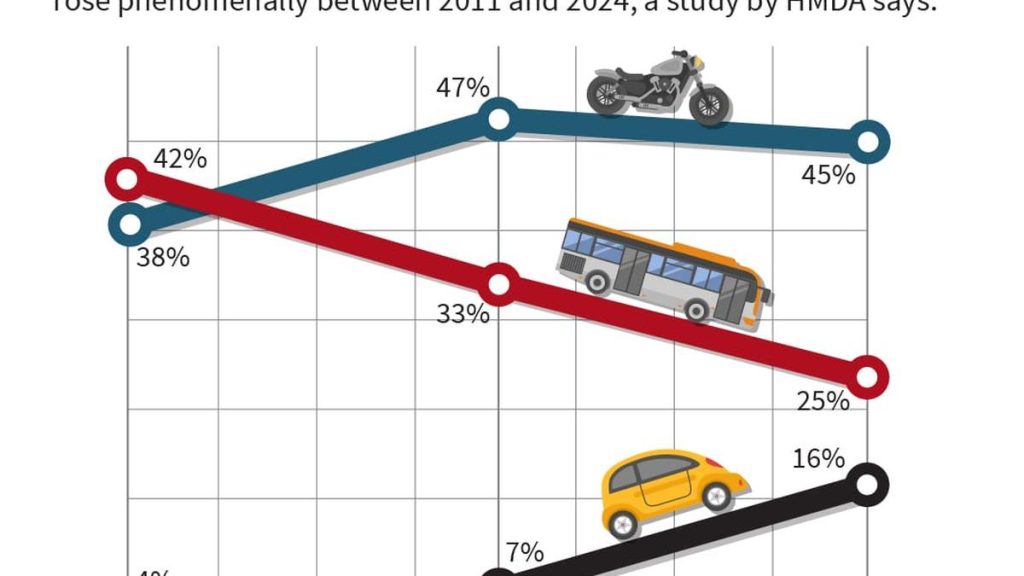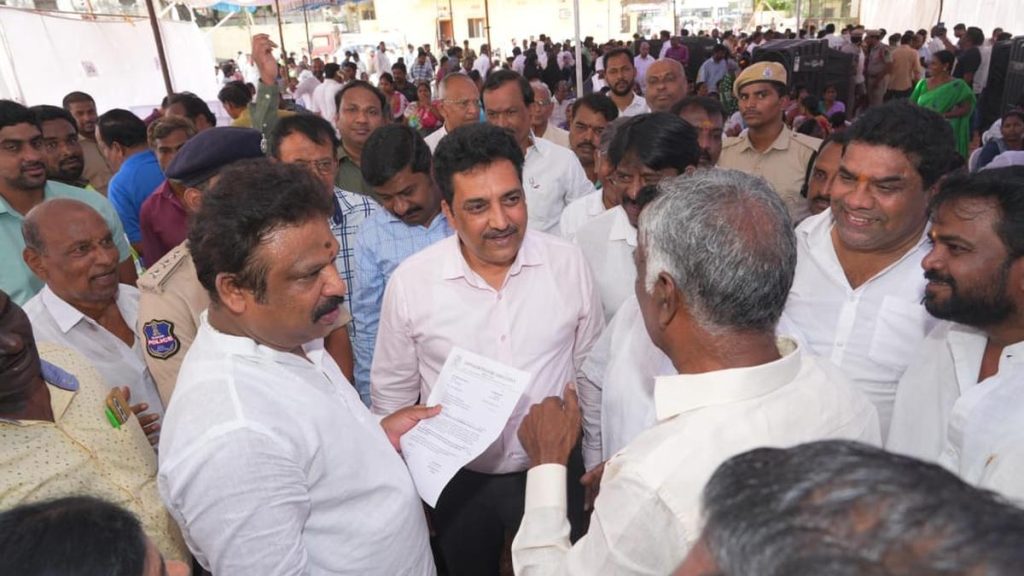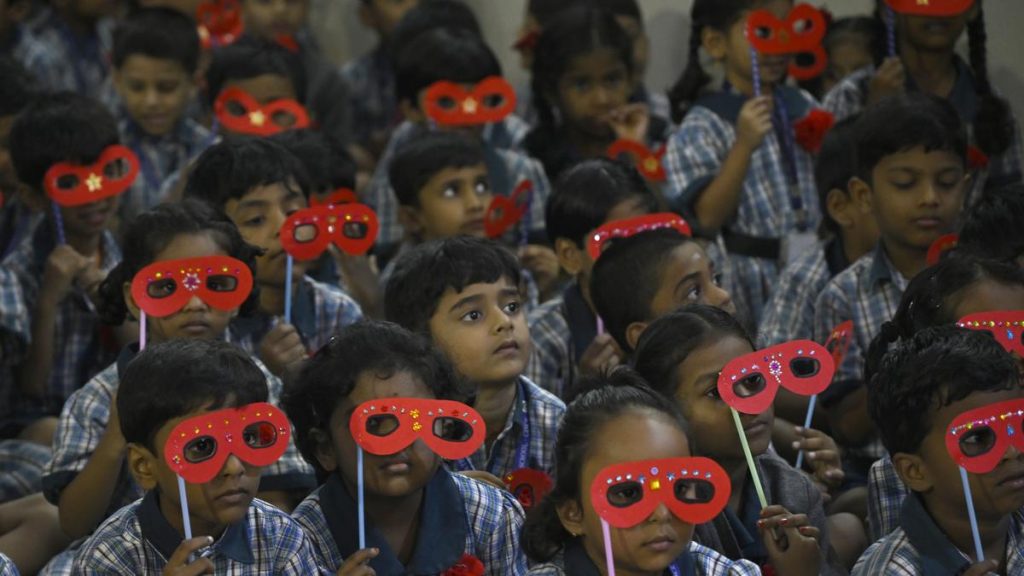Now Reading: NIMHANS Study Finds 20,000 Self-Harm Cases in Karnataka Public Hospitals
-
01
NIMHANS Study Finds 20,000 Self-Harm Cases in Karnataka Public Hospitals
NIMHANS Study Finds 20,000 Self-Harm Cases in Karnataka Public Hospitals

Swift Summary
- Study Details: The Urban Self-Harm Study (USHAS) under N-SPRITE, in collaboration with Karnataka’s state government, recorded 20,861 self-harm cases across 16 government hospitals in 11 districts from August 2022 to July 2025.
- Key Outcomes: Following targeted interventions including risk screening adn structured follow-up support:
– Only 194 individuals (1.19%) re-attempted self-harm.
– Of these, only 37 individuals (0.2%) died-significantly lower than global suicide statistics of over a 10% fatality rate after self-harm attempts.
- Youth vulnerability: Data indicates a majority (44.37%) of cases occurred among the age group of 25-39 years, followed by the age bracket of 18-24 years (28.87%). Men accounted for most cases at 55.76%, women at 44.15%, and transgender persons at 0.09%. Substance use was noted as a common contributing factor.
- Women-Centric Issues: Dysmenorrhea,PMS,PMDD,and postpartum complications were identified as notable triggers among young women leading to mental health distress.
- Karnataka’s Suicide Rates: High suicide rate reported at 20.2%, surpassing India’s national average of 12.4%. Bengaluru ranks third nationally among mega cities for suicides.
- Innovative Components: USHAS incorporated a youth-focused strategy named YASHAS for better-tailored interventions targeting younger populations.
- Expert Views: Panel discussions highlighted opportunities to refine USHAS further and suggested policy mechanisms for scaling it nationally.
Indian Opinion Analysis
The findings from the Urban Self-Harm Study affirm that focused mental health strategies can drastically reduce repeat self-harm attempts and related fatalities-a critical advancement against Karnataka’s backdrop of high suicide rates surpassing national averages by nearly double margins (20% vs India’s ~12%). Interventions such as brief counseling sessions coupled with systemic follow-ups demonstrate noteworthy effectiveness in reducing distress-related behaviors like repeat harm attempts capacity strongly scale perhaps .
Youth-specific elements demand policymakers tweak Global-area tailoring assert gov

























